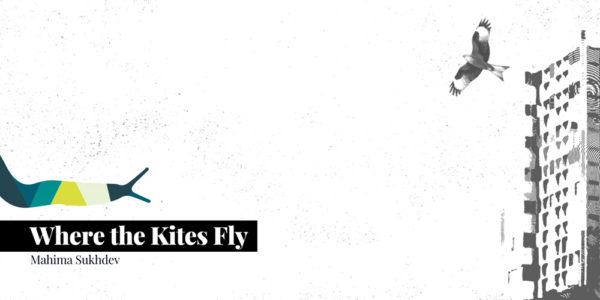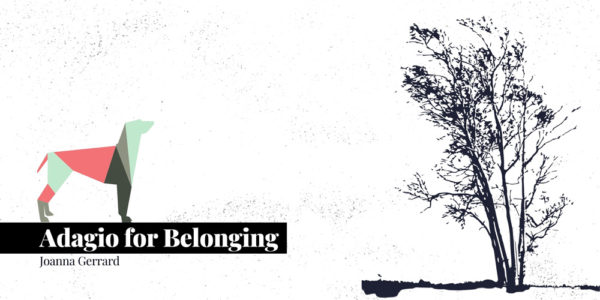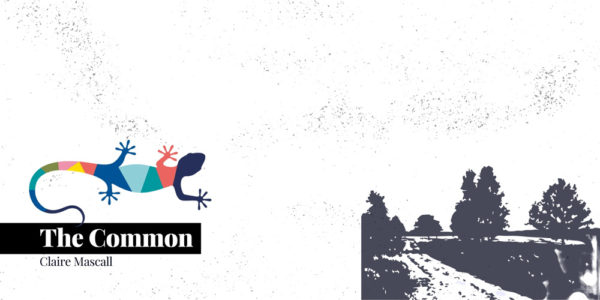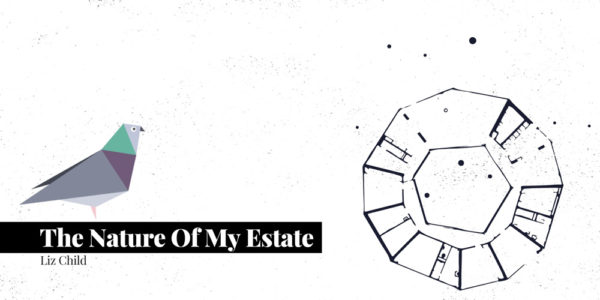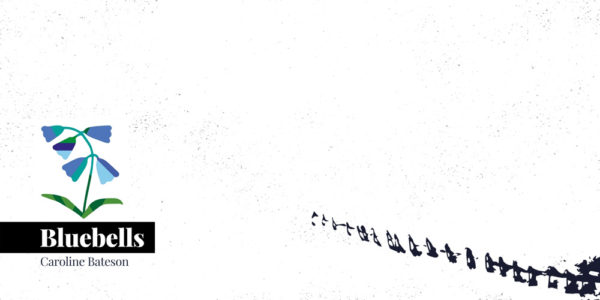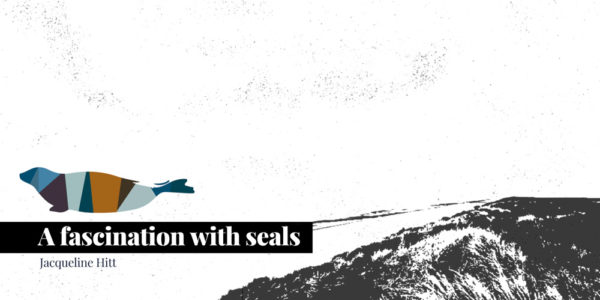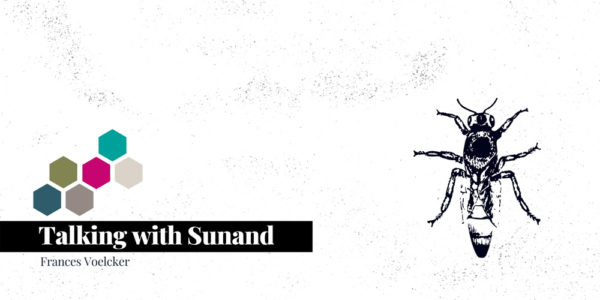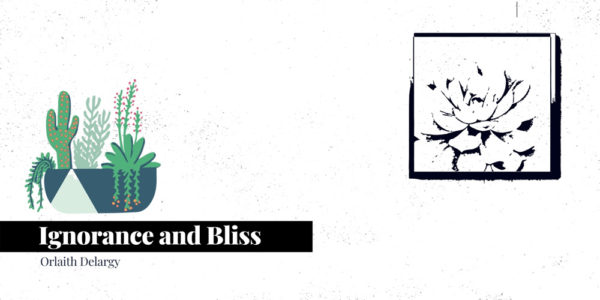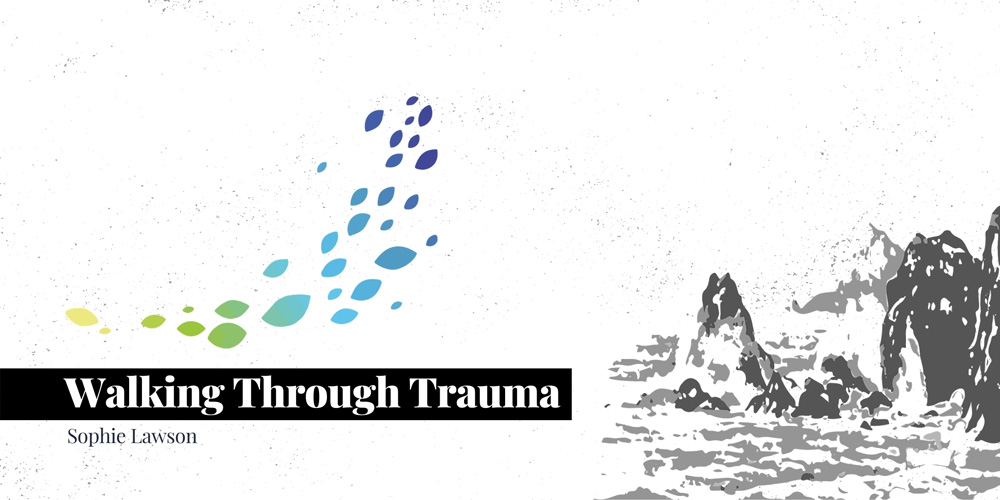
Cool mud squelches between my small, naked toes. I close the rickety wooden gate on the maelstrom labelled home and wander away, down the road to the place where the poplars meet. I have an appointment with an old friend. She stands alone in a clearing, daisies and clover dancing at her feet. For hours I lie there, taking in all she has to teach: sensing her stillness, listening to her silence. Every year she sheds all that is rotten to make way for the green fire that bursts forth from her fingertips. A magic-show reminder that everything is ephemeral: it won’t last. She is teaching me to tap into my own rivers of sap, oozing with peace. Here, supported by her steady roots, I can let my 11-year-old imagination run wild, and I am free.
Fast forward 14 years. I have recently been diagnosed with post-traumatic stress disorder. I drag the savage beast of my past out from the depths to which it was banished, and it hijacks my life with the dangerous abandon of a suicide bomber. As the storm rages, I lose connection with the people in my life, but this sacred memory of the wise old oak remains intact. Through the wreckage, she calls. She stirs within me what George Monbiot calls the ghost psyche of our wild ancestors, that ‘seam of intense emotion, buried so deeply in our minds that we seldom find it’. As my life unravels that seam widens into a gaping chasm through which the call of the wild echoes. Booms.
Being stuck in trauma is like being stranded on a mountain in a white-out. Imagine: your brow is furrowed into painfully narrow tunnel vision and you can’t see more than a few feet in front of your face. There is a path, but you cannot see it. The icy hailstones of the past pummel you with a painful vigour that blinds you to all that is present. Your body is curled inwards, braced against the gale. Is your heart punching through your ribcage or is the very earth beneath your feet quaking? Every muscle fibre is tensed, ready, vigilant, but you are unable to move solid, stuck. Chokehold. Suddenly, you have gained 10,000 feet. The air is too thin and it’s getting harder to breathe.
Panic happens when feelings are compressed into a space too small to contain them. When your life is squeezed in between office blocks, back-to-back diary appointments and self-limiting ideals of how you ‘should’ behave, it’s easy to feel overwhelmed. The modern urbanite faces a constant deluge of stress hormones and it can be hard to find enough outlets to stem the tide. Stepping into nature is like releasing the pressure valve. The waters of Loch Lomond can easily accommodate my tears. The Torridonian sandstone can easily absorb the force of my angry, stomping feet. In nature, there is no such thing as ‘too much’. Your feelings will never be exiled here. The container is vast; there is ample room to breathe.
I can no longer ignore it. I crave the vast silence of Rannoch Moor, the jagged volcanic skyline of Glen Coe, the soft lapping of sand on sea. Many people tell me that I shouldn’t go anywhere in this ‘fragile’ and ‘vulnerable’ condition, but I am more afraid that I will atrophy into these confining labels I’ve been dressed in. I have one of those sturdy types of jobs that people carry around with them like a bag for life, reliably transporting food to the table—why on earth would I quit? All I know is that safety is essential for any healing to take place, and solitude is the safest place I know. Nature has always been my sanctuary and I need to reconnect with my oak’s sturdy roots. People think I am running away, but the opposite is true: I am running towards life, towards safety and towards healing. I hand in my notice, pack my bags and say goodbye to my home in Glasgow. I set off on foot, following my compass dial North, into the UK’s last remaining wilderness.
It takes me a while to settle into a rhythm. Usually, endurance adventures are about pushing your body to its physical limits, but that’s not what I came here to do. I came here to heal. A conversation begins: the soft animal of my body speaks in whispers, barely audible at first as if she doesn’t believe she is worthy of being heard. I listen, delicate and unwavering. She begins to speak louder, more forcibly, until I can anticipate her needs before they’ve even solidified into words. I don’t want to spend this trip lost in worries and day-dreams—that, I could do from my desk. I want to be acutely aware, inseparably immersed in all the delights and disgusts nature has to offer. This quality of attentiveness is exactly what’s encouraged in the pamphlet handed out by GPs in Shetland, where you can now get nature on prescription. Take off your socks and feel bare earth on bare soles. Inhale the scent of damp leaves and musky soil. Get a sense of how everything is precarious, dying, precious.
When you are stuck in spirals of grief, nature cuts off negative thought patterns at the root. I take refuge by a stream that gently trickles down the jagged hillside. Rolling out my sleeping bag in the open air, I let my small body merge with the moss and heather. I let the small insects nestle into me—I am home for the night. For hours I watch as twilight gently extinguishes my self-centred problems and the starlight shines on the explosive tranquillity of the universe. What is my pain but a speck of stardust? Stretch trauma into aeons and it shrinks into oblivion. Let the dew crystallise all around as you and wake with a mind filled with that kind of clarity.
In my becoming smaller I am filled once again with all the awe and wonder of my 11-year-old self. Awe is not just found in boundless night skies or the magnificence of mountain vistas, but also in the tiny world found in a buttercup, or in the delicate petals of the daisy—did you know each petal is actually a flower, whole in and of itself? Did you know that trees in the forest feed each other when they’re sick through a vast underground labyrinth of roots and fungus? Can you imagine the world of a bat? What it would be like to see through sound? Your eyes can see more shades of green than any other colour; we are evolutionarily designed for the wonders to be found amongst the grass and the trees, not to a life squeezed between slabs of concrete.
Trauma can tear apart your capacity for connection. How can you build trust on the shaky foundations of your earliest relationships? I search for this belonging in bottomless newsfeeds, inboxes and bottles of wine, but nature takes me back to the root. As I become absorbed in the forest I begin to unravel, like the unfurling fronds of the dew-dappled ferns.
My self-serving preoccupations slide away and I enter into new relationships with the world; the trees take up new textures, the swallows swoop in psychedelic exuberance and we are all held in a vast, invisible, intricate web. My walk is a weaving of myself back into the fabric of a greater reality. I find a new foundation, a stability that allows me to tentatively step into the crippling insecurity of love once again. As John Muir put it “loved friends and neighbours, as love for everything increased, would seem all the nearer, however many the miles and mountains between us”.
One night I am camping at the top of Scotland’s largest waterfall. On the hill above mountain goats herd their young, beetles roll balls out of their dung, and a stag drinks from the same stream I drink. I see how we all flow from the same source. The whole valley is vibrant with the fullness of being alive and I am overflowing with it, like the pool that gives way to the waterfall beneath me. How can it be this beautiful? Every rock, every tuft of cotton grass, every squelch of my foot in the beds of moss. And here’s the thing: I am this. How could I ever hold such loathing for nature’s child? I am not a problem to be fixed, for I am life itself. As I soak in the pool on the edge of the precipice, I am reminded that there is beauty to be found in the falling apart. I float back and let all this toxic shame drain out of me.
Above all else, trauma takes away your sense of agency. It squashes your window of tolerance into an infinitesimal dot, like a small insect underfoot. You live in perpetual fear that a mental hijack can happen at any time or any place. You are not in control. Walking through harsh and unrelenting landscapes—the blisters, stinging nettles, the soft body against hard earth—brings you into direct and constant communion with the resident terrorist. A negotiation starts. The beach: a battleground where territory constantly ebbs and flows. Restoring a sense of control is paramount in the recovery process, and yet you cannot control this relentless roar of water. You must learn to dance with the tides. In the face of unrelenting change, mastery of the wild is gained only through the art of surrender.
My journey was more like a tangent than a direct line; I tended towards my goal in the hope of never actually reaching it. The further north I went, the slower I progressed. I would set up camp and lay down all that was weighing me down. I would explore the rivers and coves, barefoot. To every patch of earth, baring my sole. I collected things that signified my myriad feelings: a fire-red rock; something unidentifiable, mangled and torn; a pure white tuft of fluffy cotton grass. I carried them to an isolated little lochan cradled in the hillside and threw them, one by one, into the peat-black water. Bit by bit, I gave my pain back to the earth. Finally—stripped of all my clothes, my grief, of everything—I threw myself. All-in. From this amniotic bathing, I was born again.
I round yet another mound of monotonous moorland, and suddenly I have stumbled upon it. I am here. The tall white lighthouse that marks the end of the earth—or at least the end of my world as I know it. There is nowhere left to go. Standing between me and the North Pole is nothing but vast, open ocean. The powerful waves smash and crush against ancient cliffs and I stretch myself out along the gnarled and fractured Lewisian Gneiss. I am exposed; I have nothing left to hide. These rocks have survived 2.8 billion years of fiery transformation and in comparison, this burden of my past is light. I have carried it for twenty years, across 350 miles of Scottish wilderness. At Cape Wrath, the turning point, I finally lay it down.
Like the Viking ships that change their course West, I too am bound for change. I am no longer the helpless sapling peering up through the branches of a wise old oak; I have established my own roots. I am a bubbling spring, ready to charge my own course. When I return from the wild, I throw my anxiety medication in the bin. It will be a long time before the unravelling strands of my life begin to weave together again, but the process has begun. I have never felt stronger than I did carrying everything I needed to live for two months across moors and mountains under no other volition than my own. If the wild has taught me anything it is this: how to claim my primal power back.
Nowhere in my conservation lecture halls did I hear the utterance of mental health. None of my lecturers told me how one day I would need the wilderness to survive a terror attack. The multitude of ways in which nature bathes us, feeds us and clothes us? Yes. The wonder-drug potential lying undiscovered in the Amazon? Yes. Humanity’s dwindling sense of stewardship? Of course, we covered all of this. But the deep psychological connection between our species and the natural world? Of how nature provides a soothing balm for all kinds of mental distress: from anxiety to insomnia to ADHD? Not a sniff. At a time when depression is the leading cause of disability and the promise of Prozac is perishing behind its placebo facade, we need nature’s knowledge more than ever. It’s no longer enough to save nature from humans, we need to save it for humans.
Our wild places are diminishing fast. I am an irrational being—only pretending to make data-based decisions. Statistics about ecosystem services are not enough to shift my irrational heart. It is to this emotional being that conservation must appeal. The more I am healed by the earth’s restoring gifts, the less I can stare with indifference into the anthropogenic depths of her wounds. This is not something that can be achieved in an afternoon stroll; for time and toil are part and parcel of the pilgrim’s path. As Jon Krakauer observes, “an extended stay in the wilderness inevitably… develop[s] a strong emotional bond with the land and all it holds.” This connection provides great cause for conservation. Would I tie myself to a tree out of an abstract idea of moral sensibility? No. Would I tie myself to the wise old oak, who in so many ways has taught me about the very nature of survival? Absolutely.
Now, with a sense of urgency, go. Let your pain flow out through the veins of The Wild.
. . .
About the author
Sophie Lawson left her civil service job in 2018 to live life more fully. Inspired by her walk across Scotland, she is now writing up her masters dissertation from a tent in the highlands on the mental health benefits of spending time alone in the wilderness.

